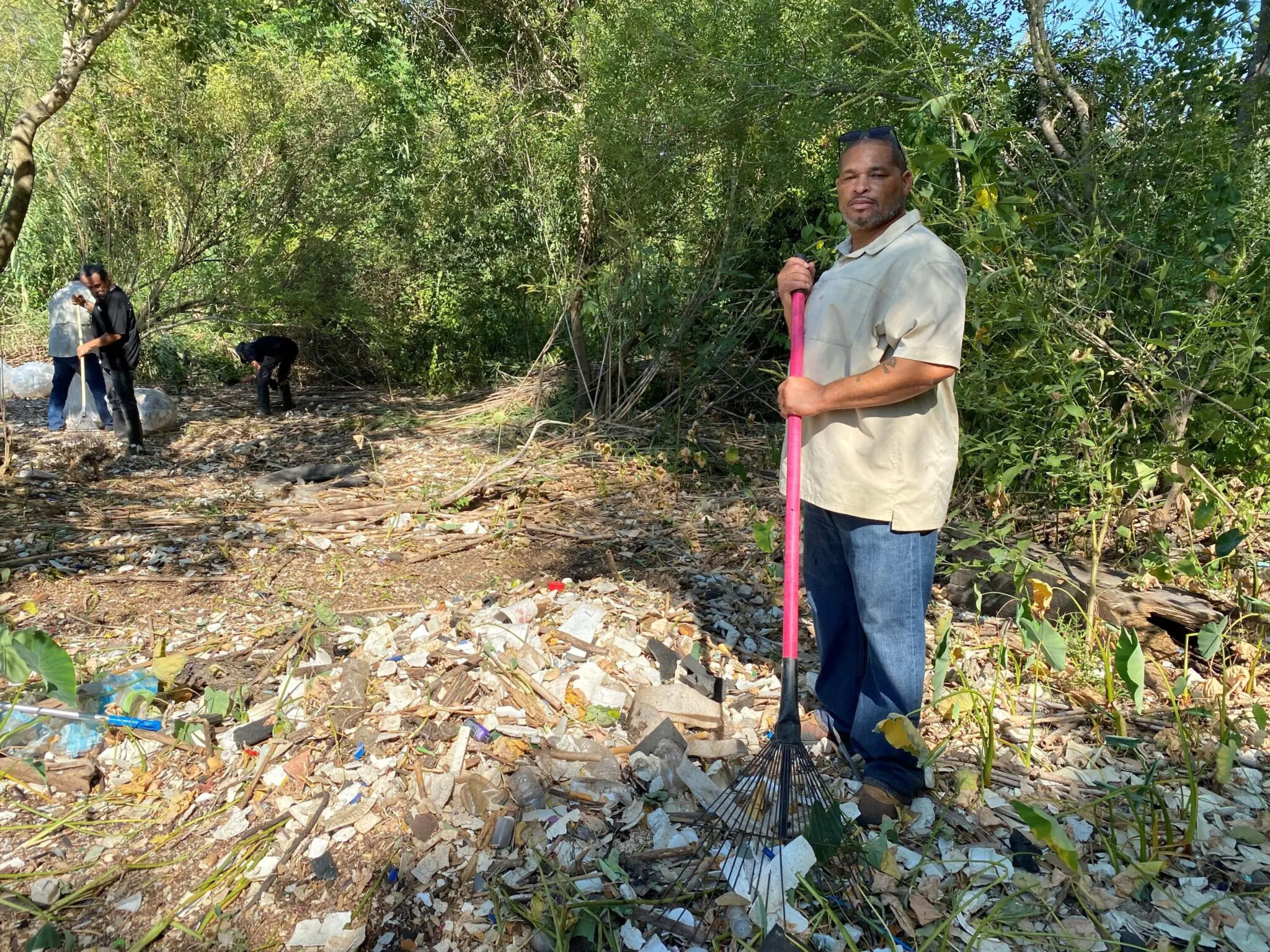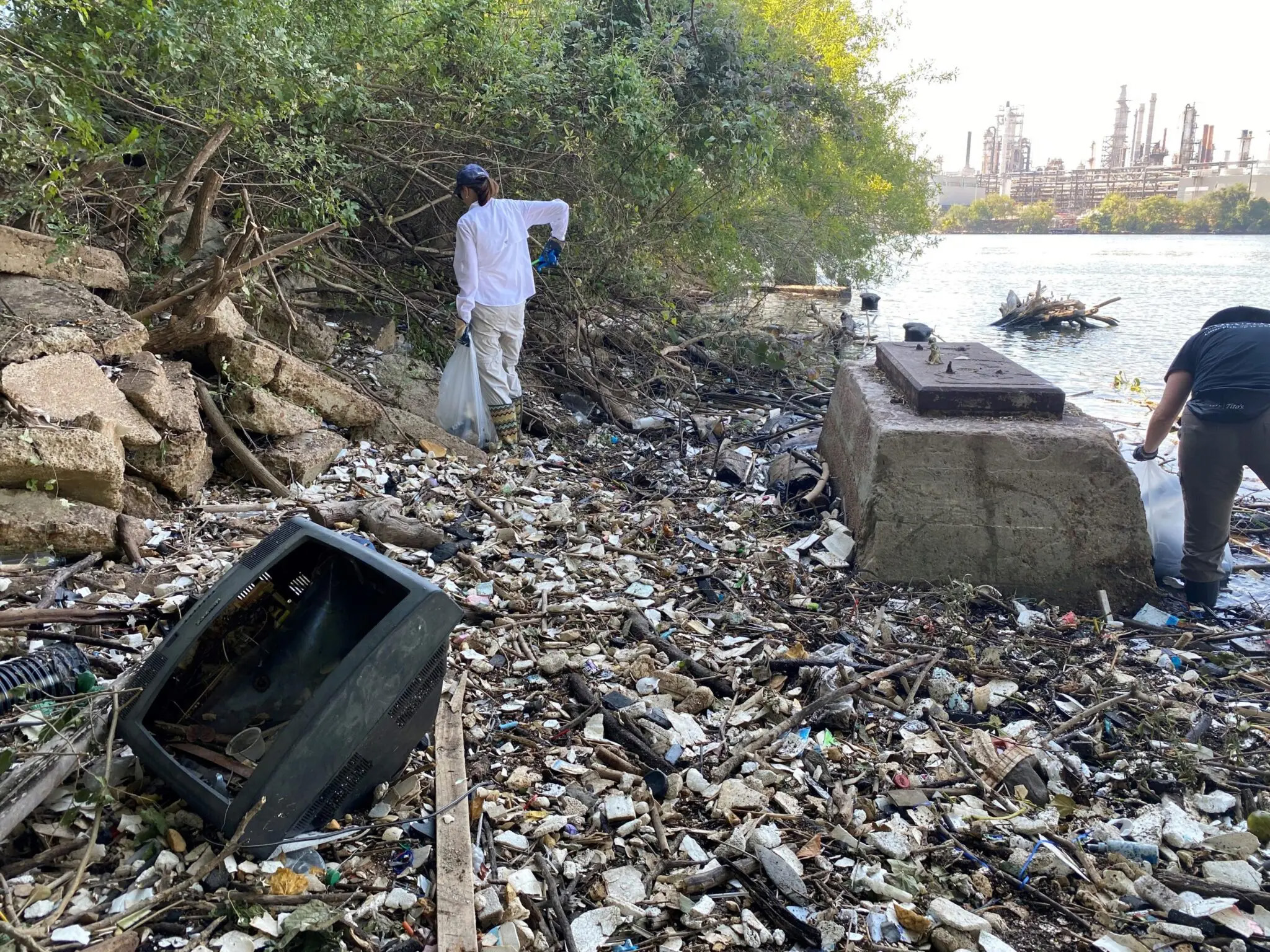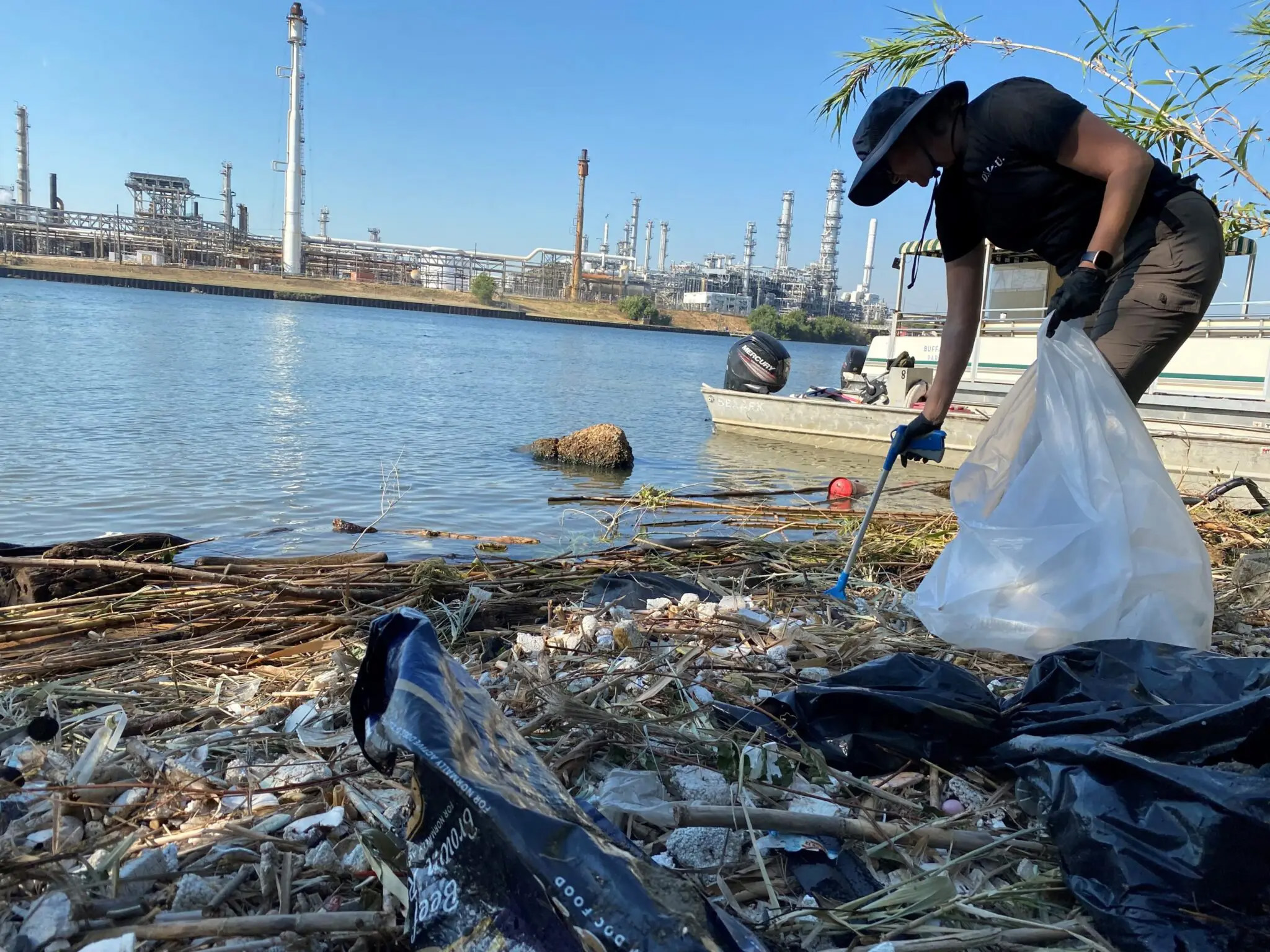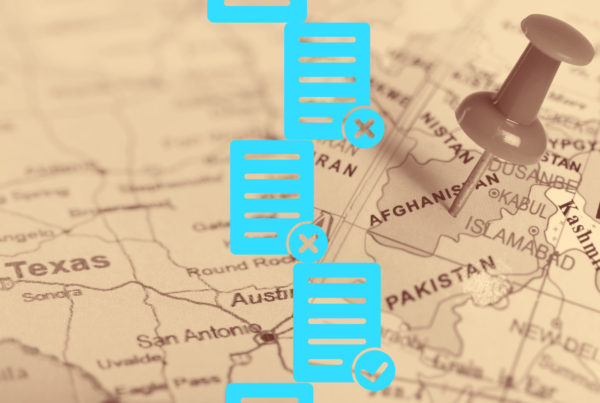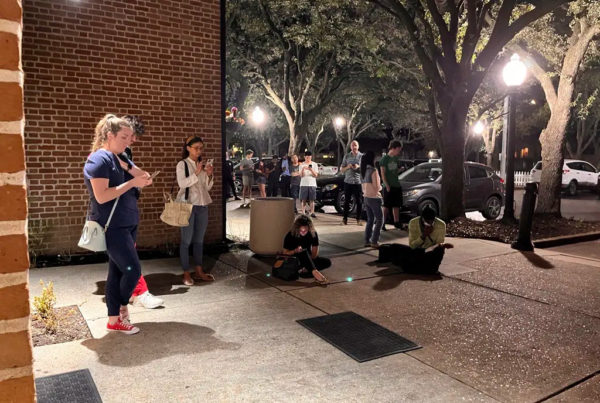On a recent Saturday morning, around 20 volunteers gathered to clean up trash along the Houston Ship Channel. Armed with pickers and trash bags, they started tackling a small “trash beach” across the channel from a refinery. The sand was barely visible below the piles of discarded items covering the beach: tires, a child’s Croc, tennis balls, a plastic toy kitchen.
“We’re just surrounded by plastic bottles,” said Amy Dinn, an environmental lawyer and one of the volunteers. Beneath the larger items, pieces of styrofoam coated the ground, giving it the appearance of snow from a distance.
“We’ve seen way worse,” Dinn said.
The amount of trash that ends up in Houston’s waterways is substantial. In 2021 alone, Buffalo Bayou Partnership (BBP), one of the main organizations that cleans up trash in and along the bayous, removed nearly 2,000 cubic yards of trash – enough to fill more than 160 commercial dump trucks.
Besides being ugly to look at, trash can worsen water quality and harm plants and wildlife. It can also harbor bacteria, spread disease, and create blockages that worsen flooding.
“It just keeps coming. No matter what we do, no matter how much we clean it up,” said David Rivers, with BBP, which took the volunteer group out to the Ship Channel. He took a break from raking styrofoam into a bag, as a pungent smell wafted through the air.
“I call it Bayou potpourri,” said Rivers.



